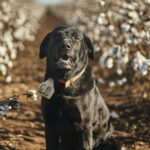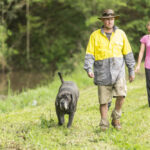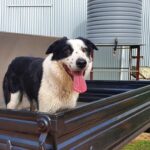Winston lives on a cotton farm near Delungra. He's in the market for a girlfriend…
One man’s farm dog school
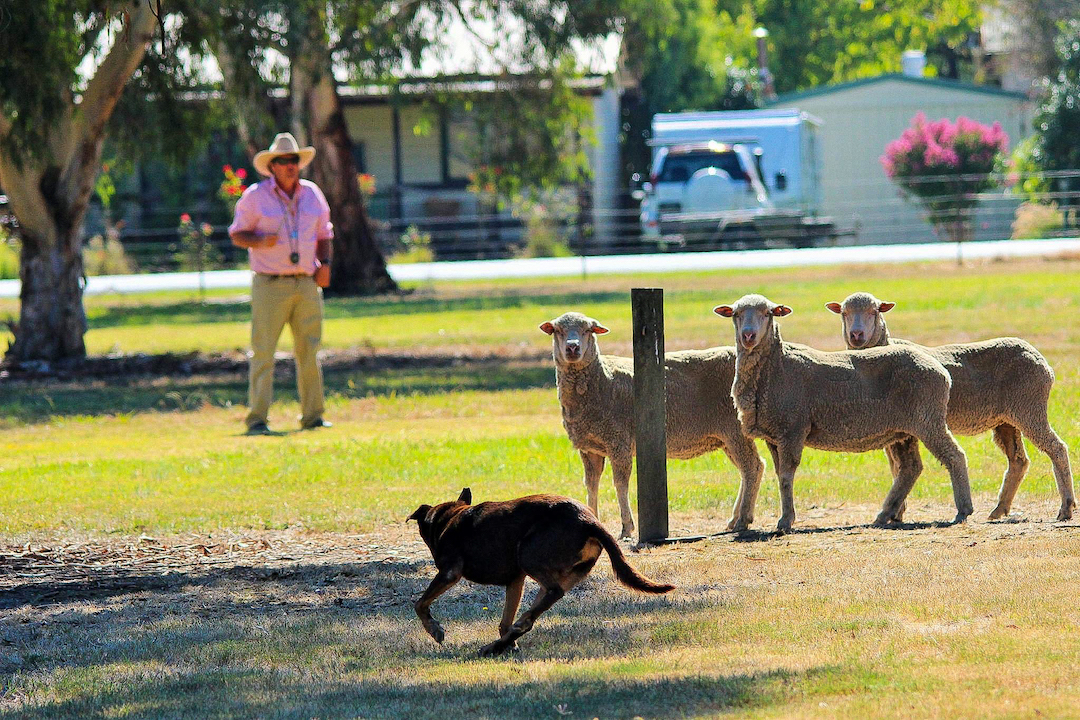
We�re in awe of their stamina, speed, dedication and their ability to herd even the most unruly and stubborn livestock. Working dogs can thrive in the unforgiving, scorching plains of Australia; kelpies have been recorded travelling over 60 kilometres, just in a day�s work.
A great farm dog can achieve complex tasks in minutes � tasks that would take hours for a human. Above all, they�re an essential part of running a farm and they�re also very loyal companions who seem to actually love what they do. Even better: they�re much cheaper to employ than any human worker.
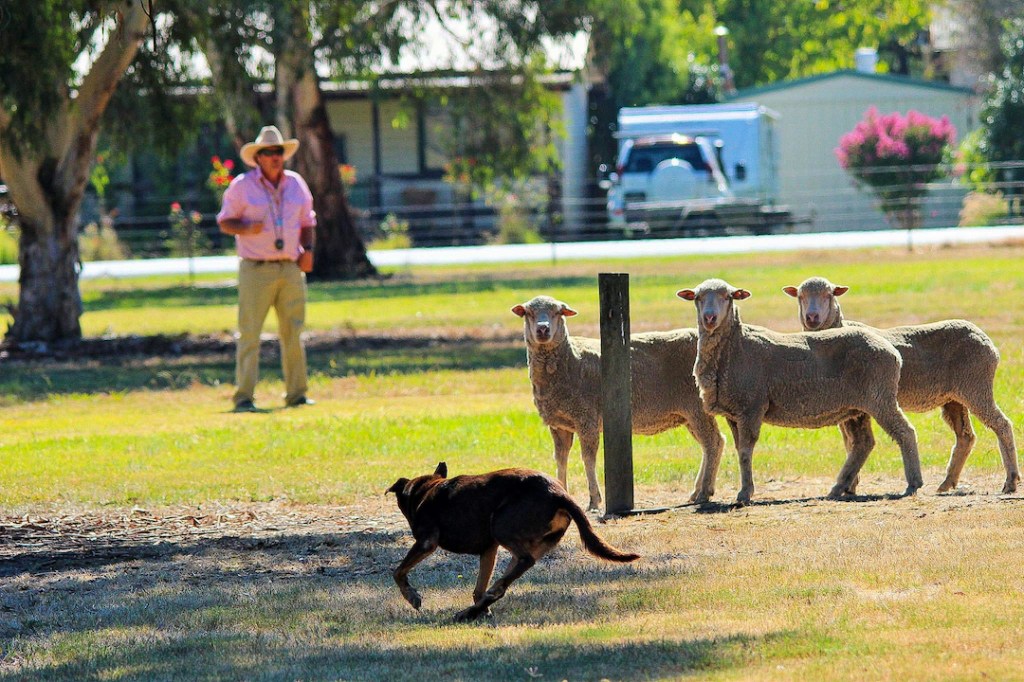
A skilled working dog is worth its weight in gold, and some farmers are prepared to pay big dollars for the best of the best. The record price paid for a working dog in Australia was broken last year following a sale at Newbridge, near Blayney in Central West NSW, for a 20-month-old kelpie that pulled a whopping $49,000 � topping the previous record of $35,000 from 2021.
The trick to raising a good farm dog is not all about natural ability � it�s also about the training, and that�s where Gary White steps in with his internationally acclaimed Gary White Working Dog School.
From the outback to everywhere
Since 1999, Gary has been travelling around Australia and even crisscrossing the globe, to share his wisdom of working dogs by holding clinics for farmers. His work has taken him to the Americas, Europe and Britain, and he is constantly in demand.
The world of working-dog training flows through Gary�s veins. Born and bred in Nyngan, Gary has grown up around dogs; his father began White�s Kelpie Stud around 60 years ago, also being one of the original studs of the Working Kelpie Council.
�Dad always managed properties and always had working dogs to help him because, on the farms, he was working by himself so the working dogs were his righthand men,� Gary says.
�When I was a kid, Nyngan was very remote. There was no television or any other kind of entertainment so you had to make your own fun outside, and the farm dogs were always my best mates. We did everything together. I was lucky to have a very outdoor life as a kid, and the dogs were such a huge part of my world throughout my childhood. Most of what I know about working dogs was taught to me by my father.
�I was very young when I started working with dogs,� Gary recalls. �I loved nothing better than helping dad with cattle or sheep work and I remember Dad would leave me with the sheep and with one or two of his older trained dogs. So working with and training dogs is very much in my blood.�
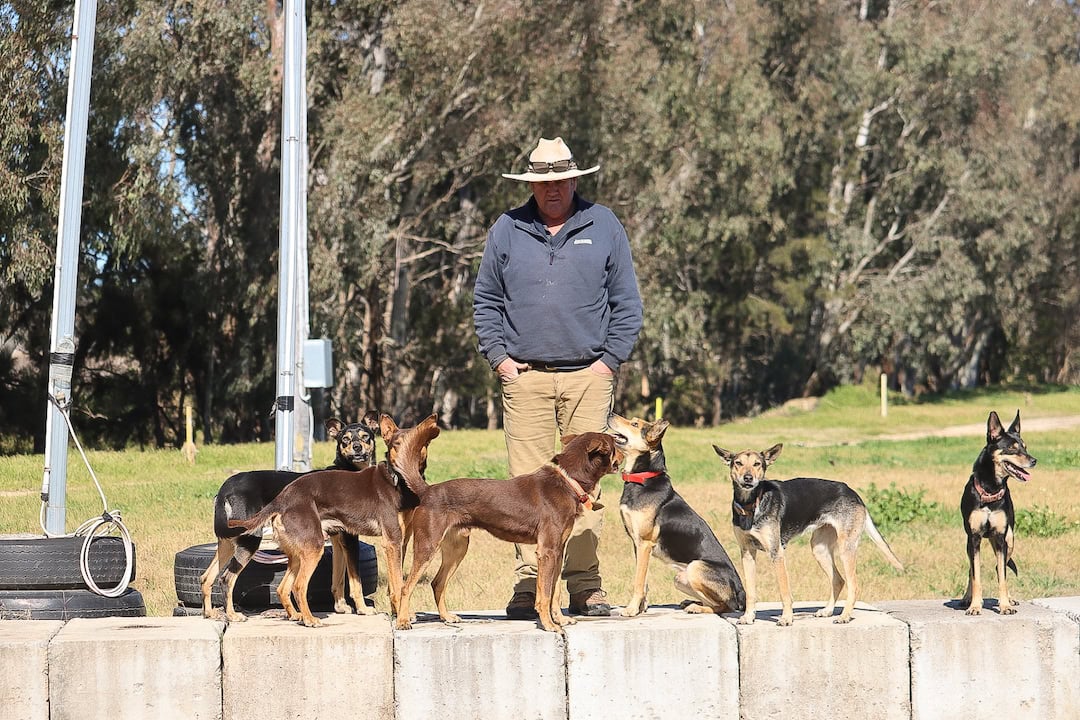
After building up a local reputation for training local dogs, Gary was approached about travelling to the US to hold special clinics. These are usually held on a farm for two to three days, with a major focus on helping owners work with their dog�s natural instincts.
Those first US clinics were so popular that the offers to return kept coming, and it wasn�t long before Gary was travelling to other countries too.
�It doesn�t matter where in the world I am; I train the dogs all the same way. The method never changes. Dogs overseas are reasonably similar, even though they might be used slightly differently. When I go to the US, Canada, Finland, Sweden, Switzerland, and Germany � they�re not working the big numbers of livestock that we are,� Gary says.
�But whether the dogs are working big or smaller numbers of livestock, the basics are exactly the same.�
Gary believes the art of teaching a working dog has a lot of similarities with educating young children. He also thinks that if owners reminded themselves of this simple fact, they�d have an easier time training their best mate.
�There are definitely many similarities between kids and working dogs. Kids need a bit of discipline, structure and lines in the sand � and dogs are pretty much the same. You also have to gain their respect, which is so important,� Gary says.
�You have to work with them � always be patient and kind. I�ve been training dogs for a long time now, it�s a big part of my life and much of my training is geared toward helping farmers on the land utilise their dogs in a better fashion. But it all starts with building that relationship with them.�
Australian farm dogs comprise a variety of breeds, with the Kelpie, Border Collie, and Australian Cattle Dog standing out as the primary working breeds, all shaped by more than 100 years of deliberate selective breeding.
According to research into working dog behaviour at the University of Sydney, the Australian working Kelpie was shaped for our harsh conditions to use a �strong-eyed style� of herding.
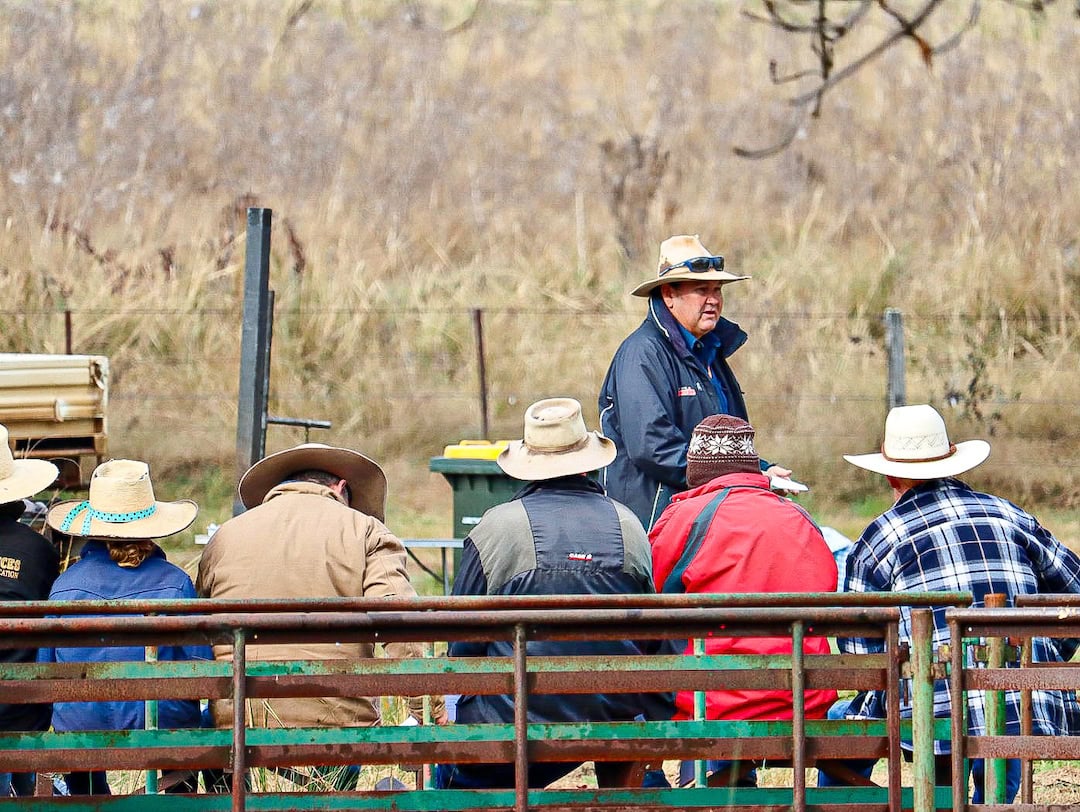
This means the dog gets into a low posture and uses what�s called �eye-stalking�: keeping its eyes on the livestock as it tracks their movements. It�s a style also used by Border Collies, enabling them to control the herd with great sensitivity just by using their mere presence. In the same way a predator approaches prey animals, the working dog�s behaviour includes the stalking posture with its head and body low, with quiet, controlled steps.
Gary believes every working dog can be trained to a certain level; however, he says there are some dogs who just aren�t able to truly excel � and that usually comes down to their type of personality.
�You can�t train every single dog to work to an extremely high level, that�s just not possible. And it�s just another similarity the dogs have with children. There are some dogs with a certain personality and you just know they�ll only go so far, just like some kids will excel at some things and not be too great in other things, no matter how much you try to teach them. So as soon as you can, you need to figure out what the dog�s ability level is,� Gary says.
�Using horses as an example, there�ll be some horses that can jump five feet, while others can only manage jumping two feet. So I quickly work out what the ability level for a particular dog is, and then see if they have the right temperament to be trained.�
�Over the years, I�ve seen some brilliant dogs with a lot of natural ability but they might still not be trainable, or he won�t let you train him to the highest level. I�ve found that the really good dogs will have a very high level of natural ability, as well as being very able and willing to be trained.�
Gary usually holds his training sessions in groups of 10-12 people. He begins with a talk about the basics of training a dog, and how to understand your dog in relation to his breeding and working qualities.
�Then, I�ll address the all-important body language. I�ll teach the dogs what my verbal commands are and I teach this by body language. If I can�t show them my body language, I can�t teach them what a particular word means. So that�s how I start teaching the dogs � and the humans. So, it�s as much as training the owner as the dog, so when they go home, they know exactly how to train their dog,� Gary says.
There are around 25 Working Dog School sessions around Australia every year � demand has been growing recently for his international classes � in April and May this year, Gary was training dogs in the US and Canada. Next year, Gary and his wife Angie are off to Ireland, England, Wales, and Scotland.
�I do love my work, I feel very privileged to be working with the dogs and helping farmers get the most out of their best mates,� Gary says.
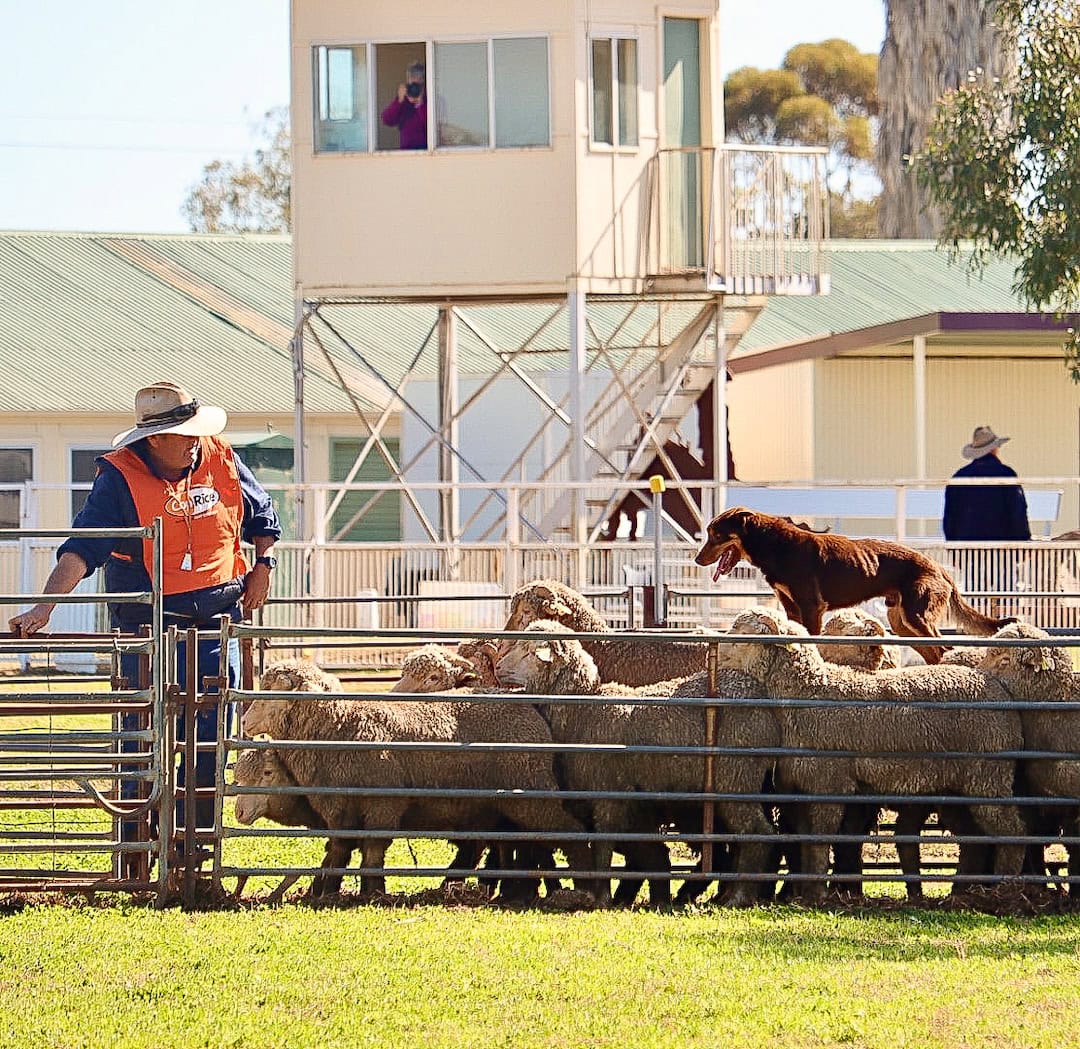
A graduate�s tail
Canowindra farmer Sharron Steer is one of Gary�s regular clients; he�s helped train her three kelpies from a young age – sometimes all three at once.
�We only have a small farm but I couldn�t move sheep around or do drenching without my dogs,� Sharron says.
�The first working dog school I went to was with an inexperienced young dog with limited natural ability. Gary�s approach was pragmatic but positive, and he showed me how to work with the dog�s ability.
�I find the schools with Gary to be very supportive and encouraging. He is very good at identifying where the handler and the dog is at � you could have someone who is very skilled but have a dog that has some sort of issue � so he�s very good at working out how to help the handler address the problem with the dog at a level that�s suitable for both.�
Sharron says she�s now able to work stock by herself with her dogs. She�s also learned enough to take them to the occasional sheep dog trial and have fun with them as well.
�Another thing Gary helped me with is the bitch I have who is just very busy. She�s always over working! So Gary helped me to understand how to slow her down, get her to stop in the right position and not let her move too close to the sheep because, getting too close makes the sheep move and you don�t always want them to move. What you want is for the sheep to move when you want them to move, not when the dog wants them to move,� she says.
�I wasn�t born knowing how to work stock or dogs, so Gary helped me realise that it�s my job to let her work if she�s working effectively but to intervene when the work isn�t effective. And I couldn�t do the work without my dogs.�
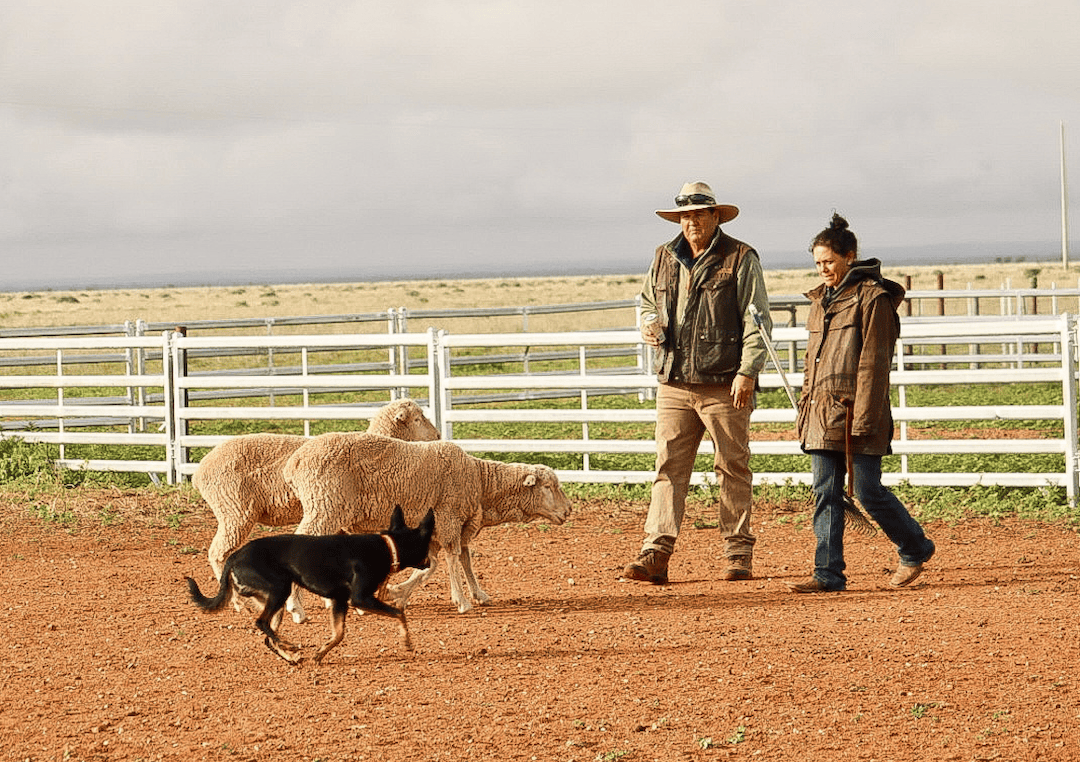
As for Gary�s own working dogs, he�s had many special dogs over the years, including highly skilled mustering and paddock dogs. They�re the dogs that can do the drafting, or the penning up at shearing time, or loading the truck when they�re sending stock to the sale yards. Those dogs are the hard-to-find all-rounders.
But there was one boy who stands out in his memory as being one of the very best.
�The most special dog of all was called Fella � a red tan kelpie. There was just something about him. He just seemed to know exactly what to do, even when I took him to different places because I was a contract stockman. He was a dog who seemed to have been there before. It was very strange. If you went to a new paddock he�d never been to previously, he just seemed to know exactly where the stock needed to go and where the gate was � he was pretty amazing,� Gary says.
�He was a very smart dog and a very loyal dog to me. He was the type of dog that didn�t actually like to work for anybody else, and he was very much a �one- man dog�. Kelpies are very intelligent, much smarter than a lot of people give them credit for, and they are very sensitive towards us. They often know if there is something wrong with us, they can pick our moods very easily. Fella just seemed to have been around this life before.�
Gary’s top tips for training a working dog
- The most important thing you need to do from the start is to form a good bond with the dogs. They have to be your mate and if you don�t have that bond, you�ll never get along with them. So, it�s crucial you set up that special bond from the very beginning.
- Education is key � many farmers don�t actually educate their dogs on a step-by-step basis. Natural ability is one thing but education is so important too.
- Be patient. Many farmers don�t give their working dog time to grow up. We educate our children, we educate our young Weiner cattle and other stock but most people don�t actually educate their dogs. As soon as the instinct is out, they expect them to know how to do everything but that�s not the case � they need to be educated, just like our children are.
Click here to learn more about the important role of working dogs on Australian farms.


